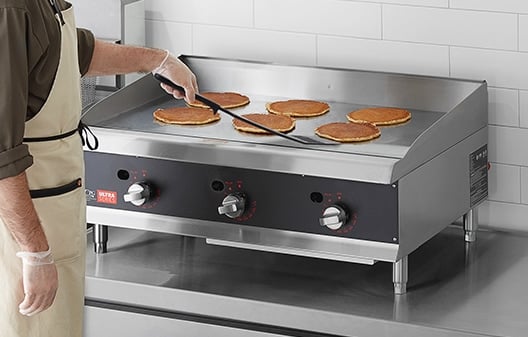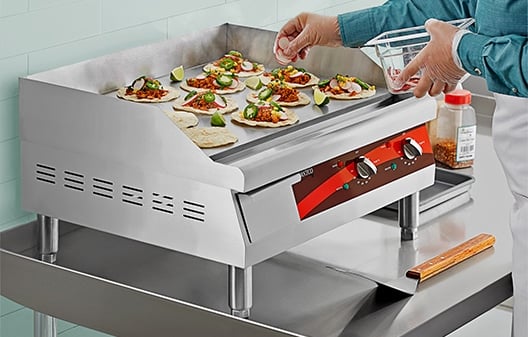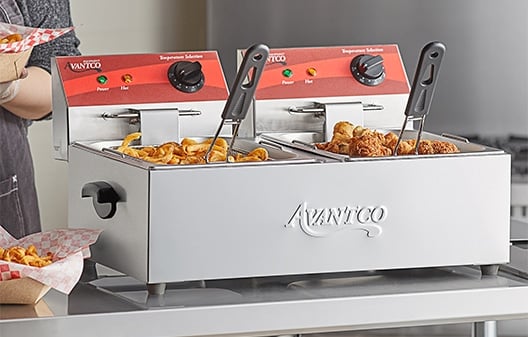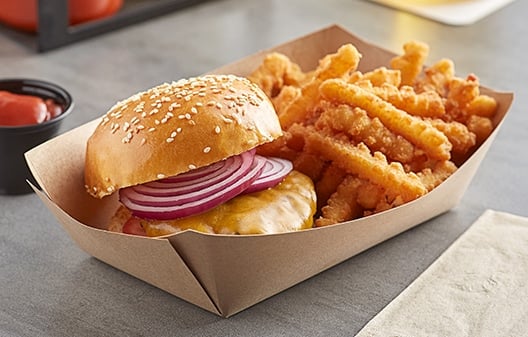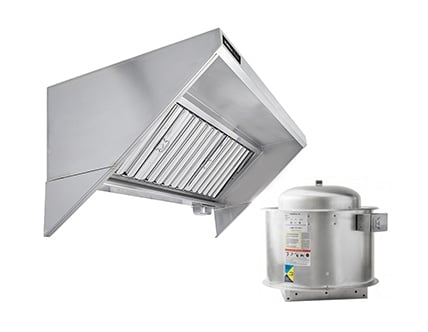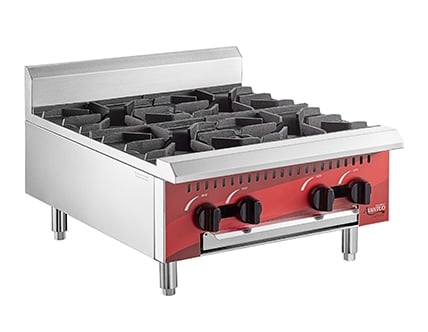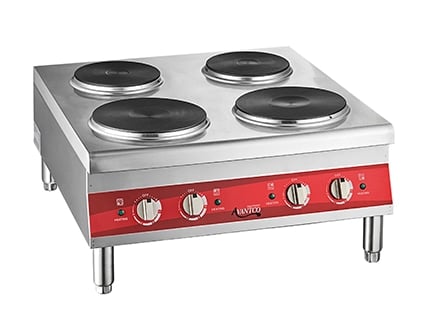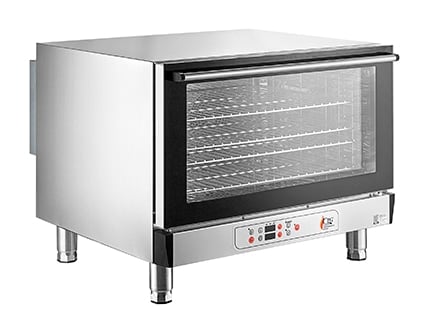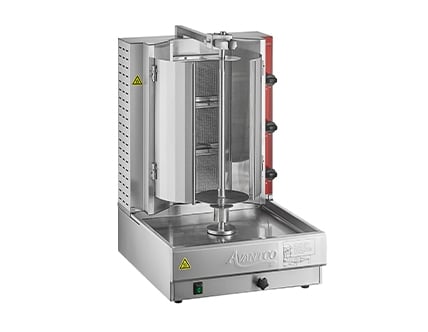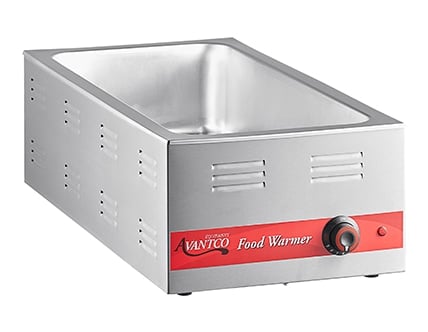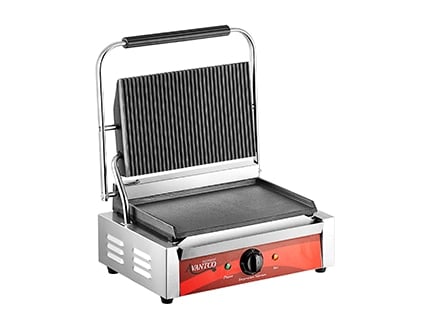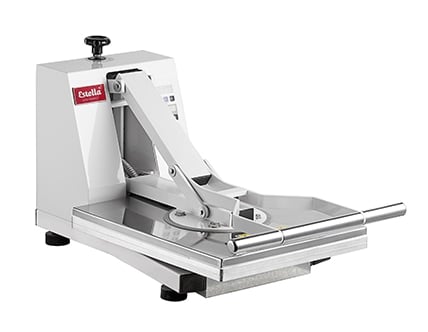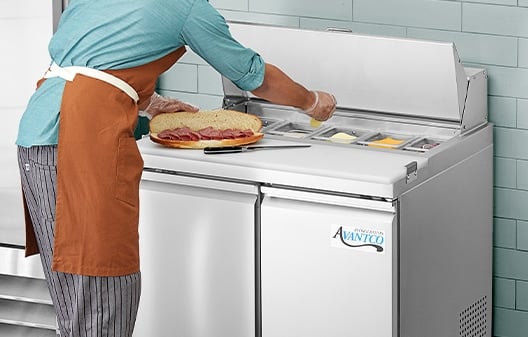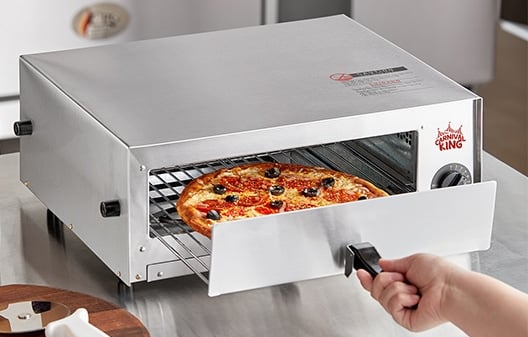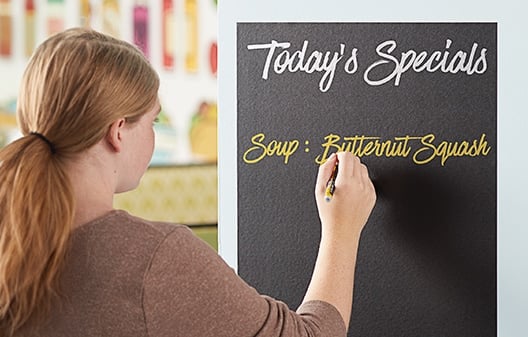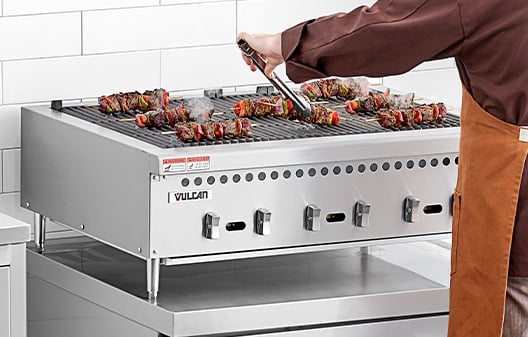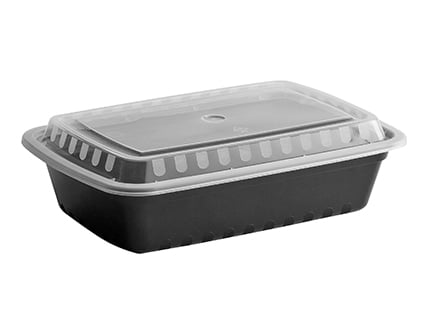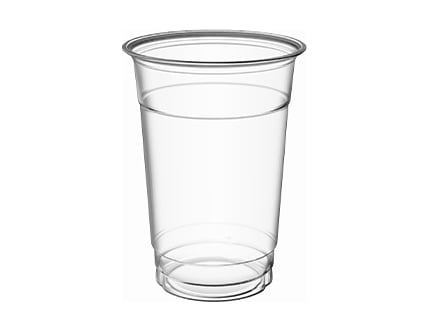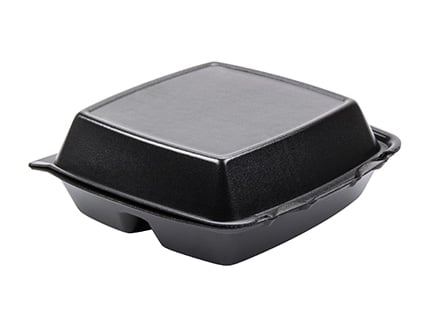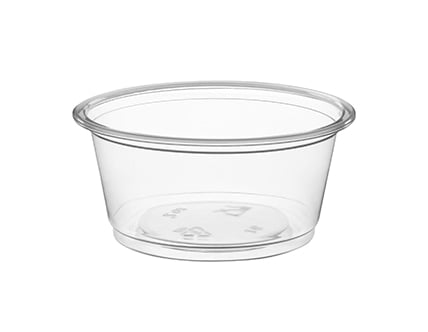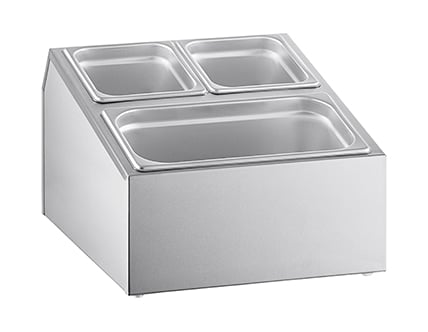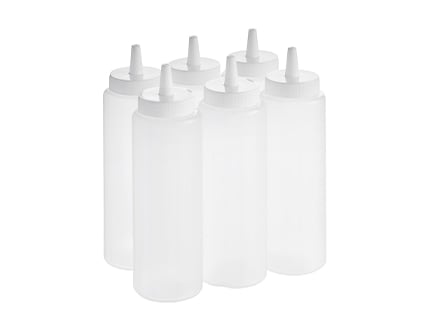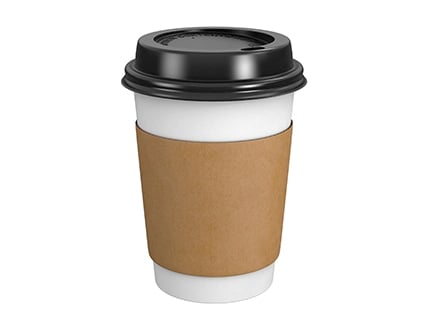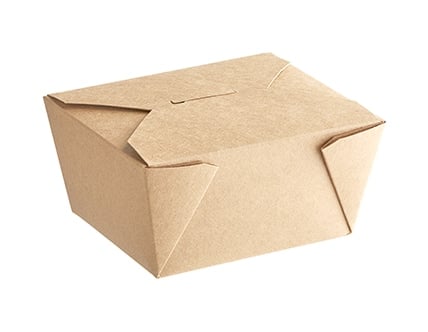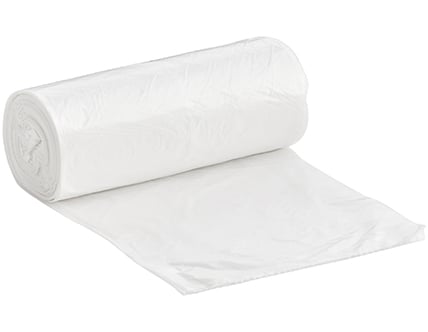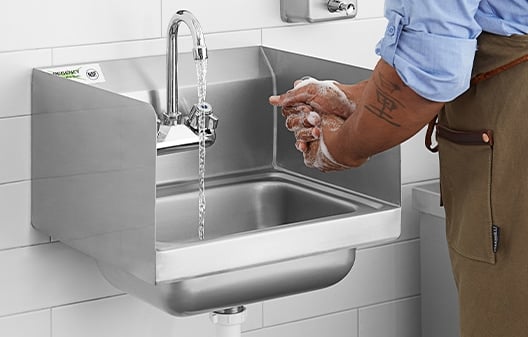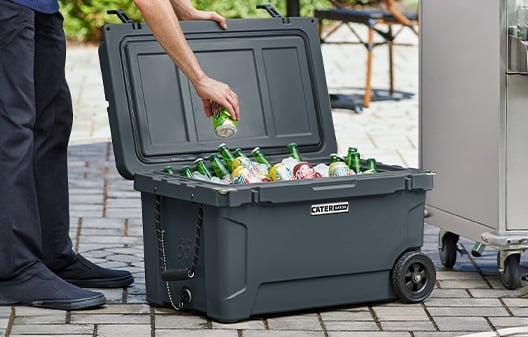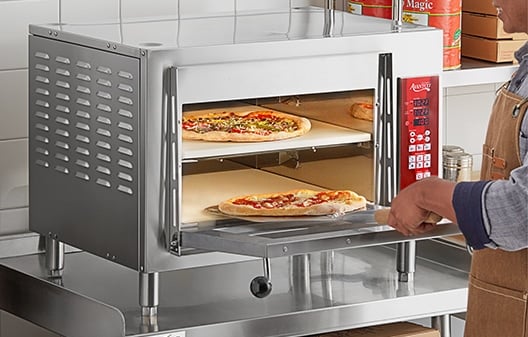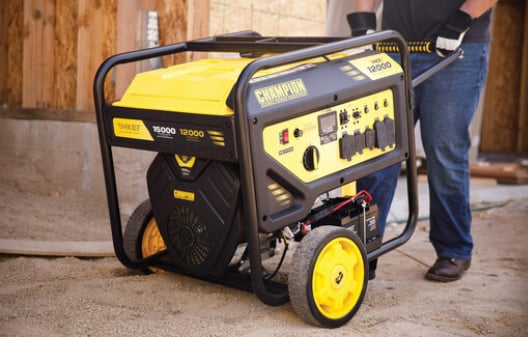Food Truck Supplies & Equipment
Find All the Food Truck Supplies and Space-Saving Food Truck Equipment Your Mobile Kitchen Needs

Commercial Gas Griddles and Flat Top Grills
Shop 504 Products
Maximize the space in your food truck and prepare foods with ease using our selection of gas countertop griddles.
Countertop Electric Griddles and Flat Top Grills
Shop 125 Products
Prepare burgers, chicken, and a variety of other foods in your food truck with our electric countertop griddles.
Food Truck Fryers
Shop 109 Products
Make french fries, wings, onion rings, and other fried favorites in our countertop food truck deep fryers. Choose between gas, electric, and ventless models.
Paper Food Trays
Shop 266 Products
Conveniently serve your guests a variety of finger foods, sides, and snacks with our paper food trays.
Food Truck Essentials
Food Truck Refrigeration
Shop 573 Products
Keep food at serve safe temperatures with our food truck refrigeration products. We have everything from sandwich prep stations to ice cream freezers.
Food Truck Countertop Cooking Equipment
Shop 15 Categories
Outfit your food truck with the proper countertop cooking equipment, including panini and tortilla grills, gas and electric ranges, and charbroilers.
Write-On Menu Boards
Shop 150 Products
Conveniently display and update your food truck menu with our write-on menu boards.
Charbroilers
Shop 559 Products
Our charbroilers are designed with convenience and efficiency in mind and are the perfect addition to your food truck.
Hand Sinks and Accessories
Shop 1017 Products
Maintain a safe and sanitary food truck environment with our selection of hand sinks and accessories.
Outdoor Coolers
Shop 172 Products
Easily display drinks, ice, and frozen treats for your guests with our outdoor heavy duty merchandising coolers.
Countertop Pizza Ovens
Shop 176 Products
Prepare your signature pizzas in a food truck setting with our countertop pizza ovens.
Commercial Generators
Shop 82 Products
Commercial generators provide dependable, consistent power for your food truck, keeping your equipment working so you can serve up great-tasting foods.
Top Products
Find All the Food Truck Supplies and Space-Saving Food Truck Equipment Your Mobile Kitchen Needs
Whether your food truck is looking to stock up on takeout containers, small equipment that can fit in your tight space, or appliances that serve dual purposes, our selection of food truck supplies and concession trailer equipment has just what you need. Our food truck equipment is small enough to fit in your cramped kitchen, but it doesn't sacrifice cooking power, allowing your mobile kitchen to put out large quantities of delicious food. We offer a variety of food truck equipment and supplies to suit every aspect of your day-to-day operations. Whether your food truck functions as a caterer for weddings, fundraisers, and other events, or you have designated daily stops throughout a popular city, we've got the mobile food truck supplies you need to keep your customers happy and your profits rolling in.
We offer a variety of concession trailer supplies that are carefully selected for use in confined spaces. Serving and all-purpose disposables are great supplies for virtually any food truck. Keep service and cleanup quick and easy, and eliminate the need of washing used dishes. From serving and prep utensils to cooking, frying, cleaning, and advertising supplies, you can be confident in our ability as food truck suppliers to get you the right equipment for the job.
You’ll also need food preparation supplies that are compact yet efficient. Set up a serving window for customers to grab condiments, flatware, and napkins. The food truck equipment you choose is another major aspect for your business. Our high quality selection of countertop ovens, steamers, fryers, and other cooking equipment gives you plenty of options to create a diverse and appealing menu, helping you develop a devoted customer base.
